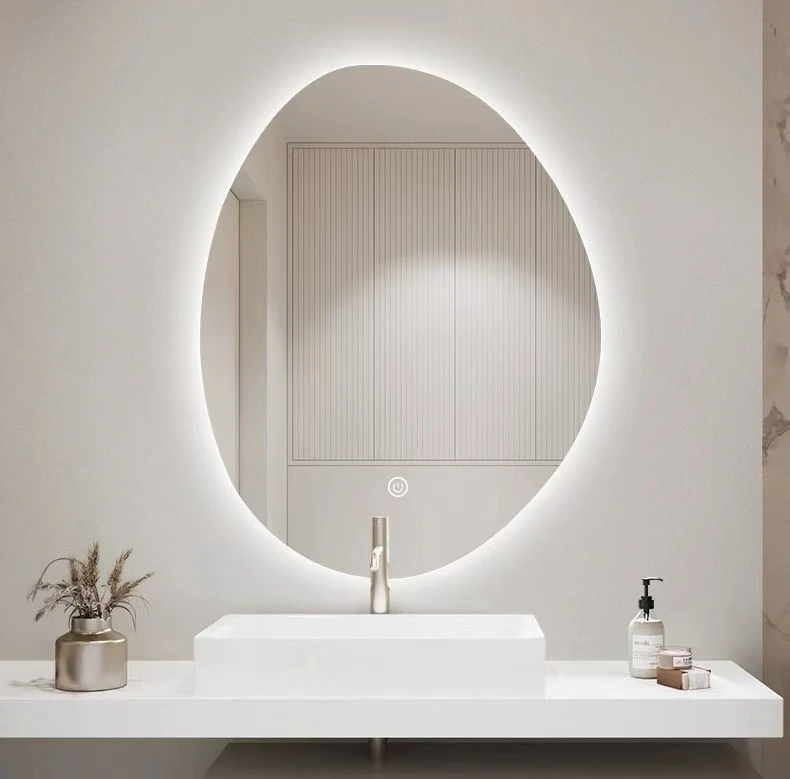

Embracing the Mystique of Dark Tinted Glass
In an age where aesthetics and functionality are often seamlessly intertwined, dark tinted glass has emerged as a defining feature in architecture, automotive design, and interior decor. With its captivating allure and practical benefits, dark tinted glass transcends mere utility and becomes a powerful statement of style and sophistication.
The Aesthetic Appeal
One of the most compelling reasons for the popularity of dark tinted glass is its striking visual appeal. Whether used in skyscrapers, residential homes, or vehicles, the sleek, reflective quality of dark glass adds a layer of elegance that ordinary clear glass simply cannot achieve. Dark tinted glass not only enhances the beauty of a structure but also plays a crucial role in defining its character.
The depth and richness of dark glass create a stark contrast with light materials, amplifying architectural features. For instance, a modern building clad in dark tinted glass can achieve a sophisticated minimalist look, while still exuding a sense of strength and durability. This tonal balance appeals to architects and designers alike, allowing for innovative forms and shapes to emerge without the risk of overwhelming a space.
Practical Benefits
Beyond its aesthetic contributions, dark tinted glass offers a range of practical benefits. One of the primary advantages is its ability to reduce glare and enhance privacy. In both commercial and residential settings, dark tinted glass acts as a barrier against intrusive sunlight, making interiors more comfortable and conducive to work or relaxation.
In vehicles, dark tinted windows serve a dual purpose, ensuring that passengers enjoy added privacy while protecting against the sun’s harsh rays. This not only keeps the interior cooler but also helps to protect upholstery and electronic devices from heat damage and fading over time. Moreover, the reduced glare contributes to safer driving conditions by minimizing distractions, thereby enhancing overall road safety.

Another significant advantage of dark tinted glass is its energy efficiency. By blocking a substantial amount of solar heat, it reduces the need for excessive air conditioning during hot months, leading to lower energy consumption. This environmentally friendly aspect aligns with modern sustainability goals, making dark tinted glass a preferred choice for eco-conscious builders and homeowners.
Cultural Significance
The use of dark tinted glass is not merely a trend; it carries cultural significance as well. In many societies, tinted windows have long been associated with luxury and exclusivity. They evoke a sense of intrigue, turning ordinary structures or vehicles into expressions of wealth and power. Whether it’s the glass facade of a high-end office building or the sleek profile of a luxury car, dark tinted glass often conveys an air of sophistication that resonates with a broad audience.
In contemporary design, the use of dark glass has also been linked to the notion of protection and sanctuary. As urban spaces become increasingly chaotic and noisy, the desire for personal retreat has grown. Dark tinted glass provides a visual barrier that allows individuals to disconnect from the outside world while still maintaining a connection to their surroundings. This psychological aspect elevates dark tinted glass beyond aesthetics and practicality into a realm of emotional fulfillment.
The Future of Dark Tinted Glass
As technology continues to evolve, the future of dark tinted glass looks promising. Innovations in glazing techniques and materials are paving the way for even more versatile and functional solutions. Smart glass technology, for instance, allows users to adjust the level of tint depending on the time of day or personal preference, offering both convenience and enhanced comfort.
Additionally, as sustainability becomes a growing concern, advancements in dark tinted glass production processes aim to minimize environmental impact. This not only supports the demand for eco-friendly building materials but also ensures that dark tinted glass remains relevant in an ever-changing landscape.
In conclusion, dark tinted glass is more than just a design element; it is a multifaceted feature that marries beauty, practicality, and cultural significance. As we continue to embrace its unique qualities, dark tinted glass will undoubtedly play an essential role in shaping the future of architecture, automotive design, and interior aesthetics. Whether we are gazing at a sun-kissed skyline or sliding into a sleek vehicle, it is clear that the allure of dark tinted glass will continue to captivate us for years to come.